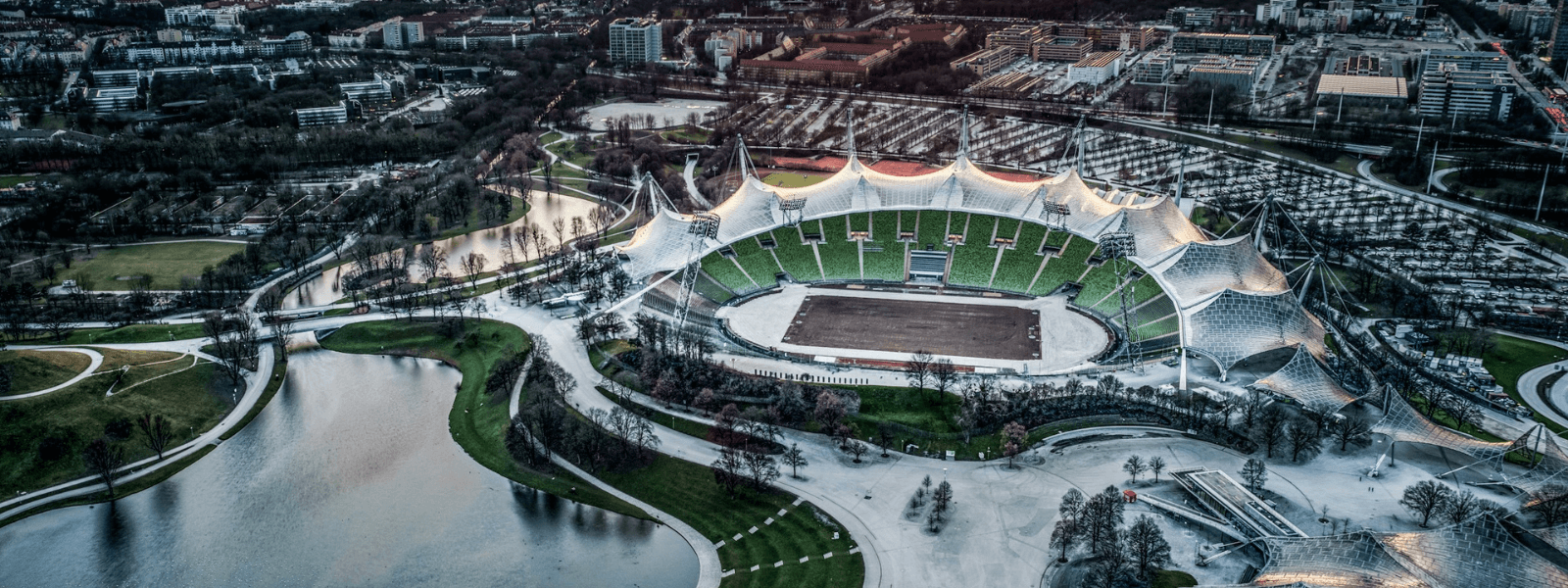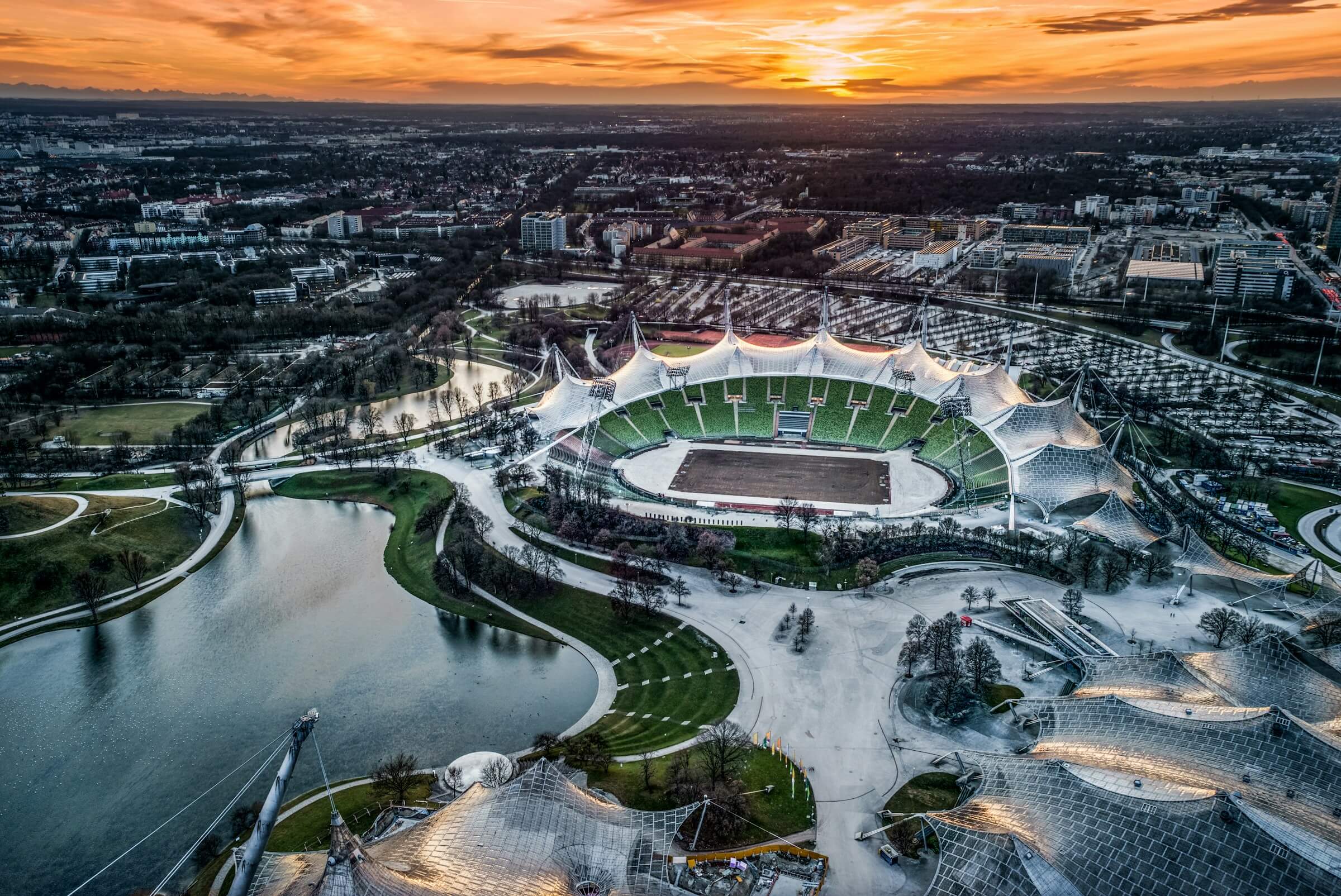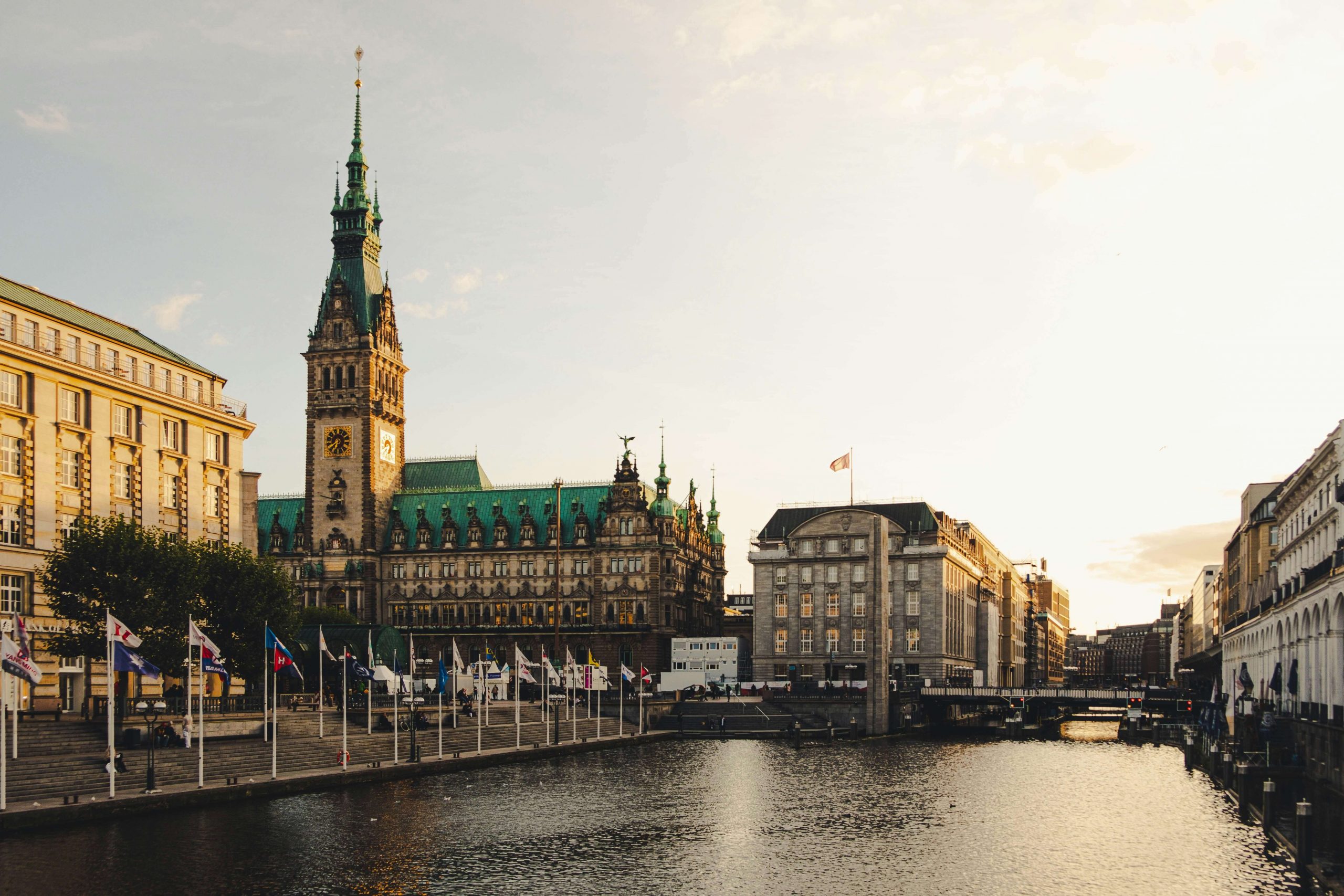
European Football Championship 1988
After winning the European Championship title twice, West Germany finally had the opportunity to host the best teams from the European continent. The Germans surely hoped to win their third title on home soil. As before, eight teams participated in the final tournament.
Qualifications
Thirty-two European teams participated in the qualifications, divided into seven groups. Four groups comprised five teams, while three groups comprised four. As before, the group winners qualified for the European Championship, and the host team, West Germany, qualified directly.
Yugoslavia was in the fourth group, along with England, Northern Ireland, and Turkey. Due to two defeats by England, Yugoslavia failed to qualify for this European Championship, finishing second in their group, while England finished first. In the first group, Spain was one point better than Romania, securing their place in West Germany. Italy was the best in the second group, leaving behind Sweden and Portugal. The Soviet Union advanced from the third group, preventing France from defending their title won four years earlier, as they finished third in this group. East Germany finished second, so neither German team met at the European Championships. The Netherlands topped the fifth group, and in the very competitive sixth group, Denmark managed to secure a spot in the final tournament, leaving behind Czechoslovakia and Wales, who were one and two points behind. The seventh group was equally interesting, with the Republic of Ireland, Bulgaria, Belgium, Scotland, and Luxembourg competing for a place in the final tournament. Ultimately, the Republic of Ireland secured their place in West Germany.
Host Country
The host of the European Championship, held from June 10 to 25, was West Germany. It was the first time the best European teams played in the final tournament in this country. The cities that hosted the teams were Munich, Gelsenkirchen, Düsseldorf, Hamburg, Frankfurt, Hanover, Stuttgart, and Cologne.

Olympic Stadium in Munich. Photo: unsplash.com.
Participating Teams
In addition to the host country, West Germany, the tournament featured the teams of Denmark, the Soviet Union, England, the Republic of Ireland, Italy, Spain, and the Netherlands.
Group Stage
All teams were divided into two groups. Group 1 included West Germany, Italy, Spain, and Denmark, while Group 2 comprised the Soviet Union, the Netherlands, the Republic of Ireland, and England. The top two teams from each group advanced to the semifinals, where the group winners played against the runners-up from the other group.
In the first round of Group 1, the host country drew 1-1 with Italy, while Spain defeated Denmark 3-2. In the second round, West Germany beat Denmark 2-0, and Italy won against Spain 1-0. West Germany defeated Spain 2-0 in the third round, while Italy beat Denmark by the same score. With a better goal difference, West Germany topped this group, with Italy in second place, having the same number of points. Group 2 had a major surprise in the first round as the Republic of Ireland defeated England 1-0. In the other match, the Soviet Union beat the Netherlands 1-0. In the second round, England lost to the Netherlands 3-1, while the Republic of Ireland and the Soviet Union drew 1-1. In the final round, the Soviet Union beat England 3-1, and the Netherlands defeated the Republic of Ireland 1-0. The Soviet Union finished first in this group with five points, while the Netherlands was second with one point less.

Hamburg, one of the host cities. Photo: unsplash.com.
Knockout Stage
In the semifinals, the Soviet Union faced Italy, and West Germany played against the Netherlands. In the first match, West Germany took the lead against the Netherlands with a goal by Matthäus in the 55th minute from a penalty. Ronald Koeman equalized in the 74th minute, also from the penalty spot. The Netherlands celebrated a great victory when Marco van Basten scored in the 88th minute, preventing the Germans from reaching the final on home soil.
In the second semifinal, the Soviet Union finished the Italians in just four minutes. First, Litovchenko scored in the 58th minute, and then Protasov increased the lead and set the final score in the 62nd minute. Thus, the Soviet Union reached the European Championship final for the fourth time.
Final
The grand final between the Soviet Union and the Netherlands was held on June 25, 1988, at the Olympic Stadium in Munich in front of over 60,000 spectators. The Dutch team came out stronger and held a slim lead at the half. Gullit scored the goal in the 34th minute. When Van Basten increased the lead in the 54th minute, it became clear that the Soviets had little chance of making a comeback. The final ended with a 2-0 victory for the Netherlands, marking their first European Championship title in football.
Statistics
Marco van Basten, with five goals, was the top scorer in the European Championship. The Team of the Tournament also included Van Breukelen, Ronald Koeman, Rijkaard, Wouters, and Gullit. From Italy, the team included Bergomi, Maldini, Giannini, and Gianluca Vialli, while Lothar Matthäus represented the Germans.
Legacy and Impact
This European Championship will be remembered as the last European competition in which the West Germany team participated because, at the next competition, they appeared under the name Germany.
Interesting Facts
One of the most memorable goals in the history of the European Championships was scored by Marco van Basten in the 1988 final. He perfectly struck a famous volley from a brilliant cross sent from the other side of the field by Muhren, leaving the Soviet goalkeeper, Dasaev, with no chance.



